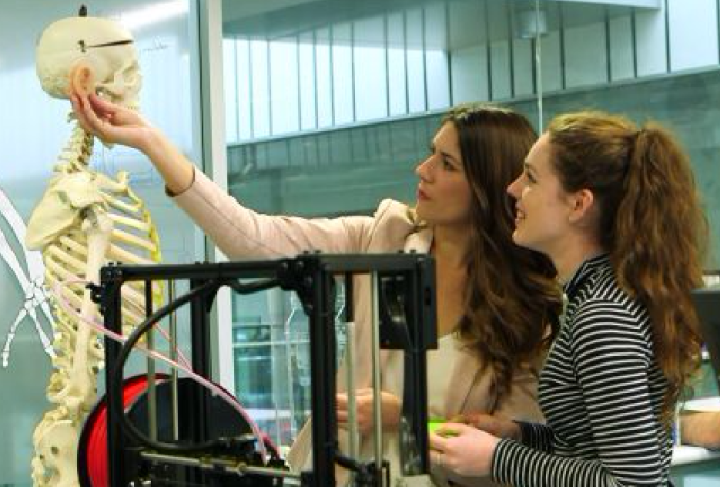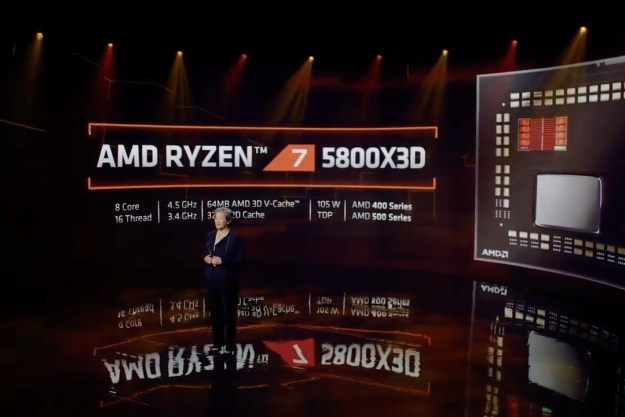
The relatively new field of biofabrication requires expertise from a number of different fields, including medicine, science, engineering, and perhaps a bit of imagination to push the boundaries of what parts of the human body we can actually print. Minister for Health Cameron Dick said of the new endeavor, “Researchers, scientists, nurses and doctors will all be working together to deliver the best outcome for patients. Our vision for health care is that the biofabrication institute will pave the way for 3D printers to sit in operating theaters, ready to print tissue as needed, in our hospitals of the future.”
While 3D printing has already proven useful in the medical field, we are still ways away from being able to print say, a heart that could then be used in a surgery. But that might change with the Institute — QUT Biofabrication and Tissue Morphology Group Associate Professor Mia Woodruff calls a 3D-printed organ the “end game” of the institute.
“Organ transplant lists are endless at the moment and we want to be able to help these people,” she said. “We are not going to be able to 3D print an organ tomorrow but what we are able to do is bring together the researchers, the clinicians, the patients, the engineers, the intellect and industry partners to be able for us to develop new technology to the level where it can be translated into the clinic. This is where you are able to create these artificial organs in the future.”
Editors' Recommendations
- Nvidia turns simple text prompts into game-ready 3D models
- 3D printed cheesecake? Inside the culinary quest to make a Star Trek food replicator
- AMD is bringing 3D V-Cache back to Ryzen 7000 — but there’s a twist
- AMD teases performance of its revolutionary 3D V-cache chip
- Fighting football injuries with 3D-printed, hyper-personalized pads


